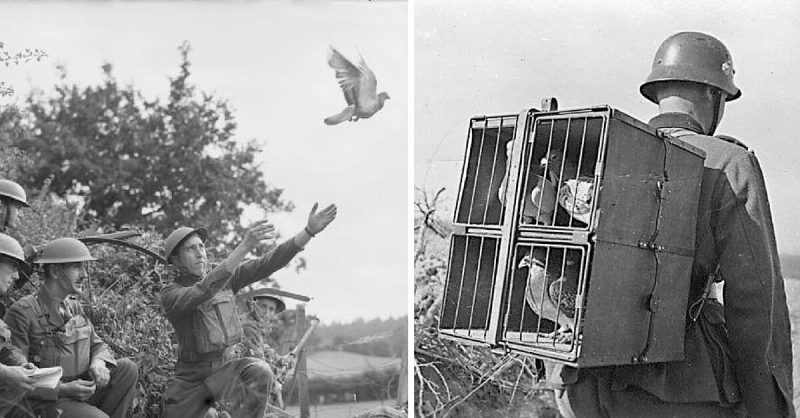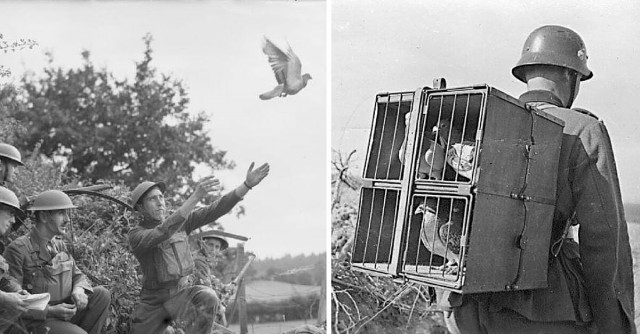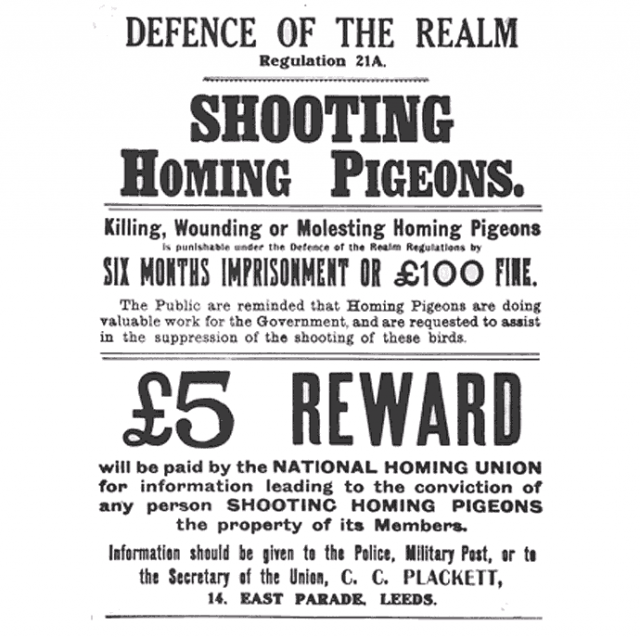The communication and information transfer has always been a vital part of empires throughout human history. The accuracy and reliability of Ravens as portrayed in Game of Throne is not exaggerated since humans relied on birds especially pigeons for the relaying of information to and from various sources. Not many people are aware of the fact that pigeons played a very vital role in the two world wars fought in the European continent in the first half of the last century. These pigeons in turn saved countless lives by accurately transferring information in the battlefield and the stories of their bravery are worth telling.
Since the First World War, the dynamics of war and long term conflicts evolved in many directions due to technological advancement and industrial complexes. But one sector saw a massive surge of improvement throughout the first half of the 20th century and that was the radio communication.
Since the turn of the century all the major newspapers and intellectual circles were predicting a demise of traditional communication techniques and their quick replacement by latest wireless communication networks. However radio communication technology was improving in leaps and bounds and no single set of rules was static for a longer period of time. This became more apparent in terms of conflicts between countries in which secrecy was of a paramount significance, and radio communications were pretty hard to disguise. Information sent through wireless networks could easily be intercepted and had the potential to reveal the information about the source after some investigation.
In 1917, America’s Chief of Armies John Pershing authorized the formation of US Army Signal Corps to recruit and train pigeons for communication purposes. This step was a start of a long and elaborated plan to utilize the age old communicators for modern military intelligence. In the later years, a number of breeding programs carried out by the US Army ensured that Signal Corps held the best breed of communication pigeons, which was fast and accurate.
By the time the Second World War broke out, the messenger pigeons had evolved into something very reliable and a fast source of communication in the battlefield. United Kingdom had more than a quarter of a million pigeons at its disposal to be used during the war, and Germany’s number been also close to that of Britain’s. Both nations fully utilized the pigeon’s uncanny memory and long flight times to save lives on both sides. At one point Britain and Germany had trained falcons to hunt down the rival pigeons but as it turned out falcons couldn’t really distinguish between friends and foes, hence the falcon program was dropped.
The success stories of the pigeons are in hundreds but some of them really shine and stand out. One such story is of GI Joe, an American pigeon that saved the lives of thousands of British soldiers. On Oct 18, 1943 US Army had requested a bombing raid on the Italian city of Colvi Vecchia which was then occupied by Germans. What US Army did not realize was that most of the German troops had left the city in a sudden retreat, and British troops were now inside the city where a bombing raid was on its way. GI Joe was sent with the message to abort the raid, which delivered the message in less than 20 minutes saving the lives of scores of Brits, the Belleville News-Democrat reports.
Out of total 53 Dickins awards given by the British government for gallantry in the Second World War, 32 went to the communicator pigeons for their role in saving millions of lives.


